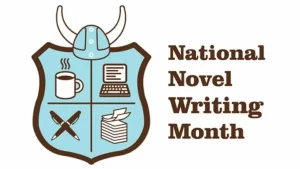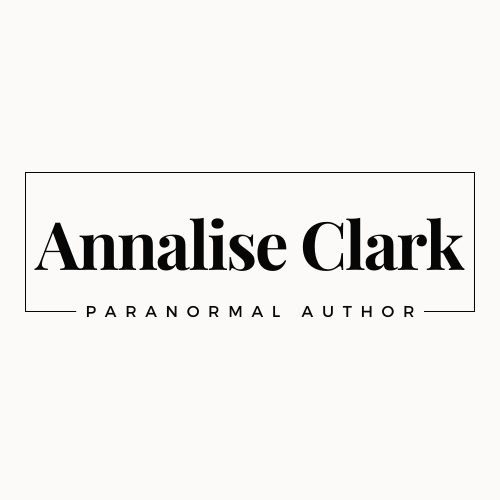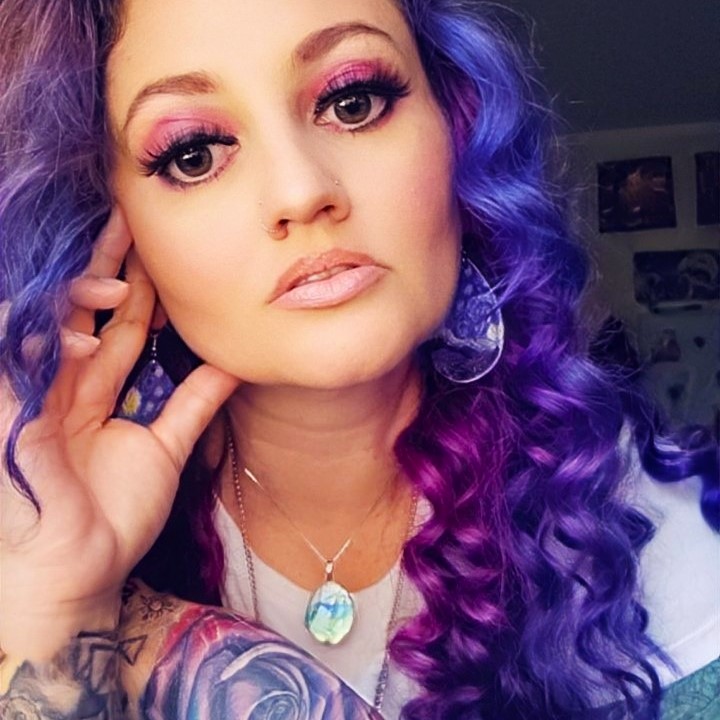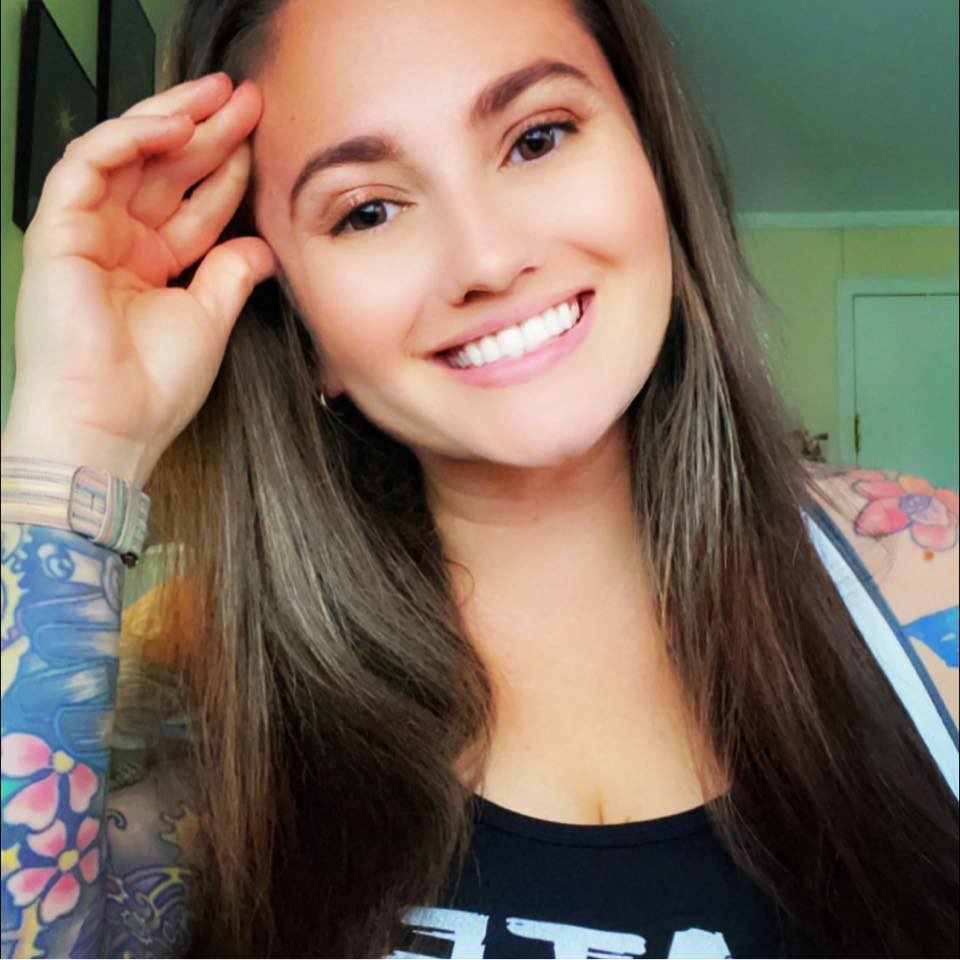 These NaNoWriMo writing tips will help you plan for this fun writing event whether it’s your first time or if you’re a repeat participant. The month of November is now going to be something you look forward to. But first, let’s break down what this event is all about.
These NaNoWriMo writing tips will help you plan for this fun writing event whether it’s your first time or if you’re a repeat participant. The month of November is now going to be something you look forward to. But first, let’s break down what this event is all about.
NaNo stands for National Novel Writing Month and takes place every November. I have been participating almost since its very beginning. Maybe you’ve heard about NaNo on social media. If you have writers in your social circles, there’s a very good chance you have. And maybe you’ve even tried it before but didn’t quite reach your goal and now you’re ready to give it another try. It’s easy to get excited at the start and get caught up in all the fun and excitement of the event and the potential of having a completed novel. However, keeping that excitement going all the way to the end of the month might take a little extra work.
When you’re tired, or busy with life, or when you’re sick and have other things going on in life, sitting down at that blank page and turning it into something productive can seem a daunting task. The following tips will help you get there.
What Is NaNoWriMo?
The nanowrimo website explains: National Novel Writing Month began in 1999 as a daunting but straightforward challenge: to write 50,000 words of a novel in thirty days. Now, each year on November 1, hundreds of thousands of people around the world begin to write, determined to end the month with 50,000 words of a brand new novel. They enter the month as elementary school teachers, mechanics, or stay-at-home parents. They leave novelists.
NaNoWriMo is a 501(c)(3) nonprofit organization that provides tools, structure, community, and encouragement to help people find their voices, achieve creative goals, and build new worlds — on and off the page.
The goal of NaNoWriMo is to write a novel of at least 50,000 words in a single 30-day period of November. This is about 165 pages according to average formatting. You can do this by striving for a goal of 1667 words per day. How much is 1667 words? It comes out to about 5 1/2 pages if you’re using the standard manuscript format with 1″ margins all around.
Do you believe you can write an entire novel in a single month? If this is your first time attempting it, then you might not feel like you can. But the good news is that this is more than just a writing challenge. It’s a support group and an action plan rolled into one. It will show you the writing process, step-by-step from story idea through to the end of a first draft.
How Many People Participate in NaNoWriMo?
Stats show us that thousands of people sign up for NaNo, but only about 15% of those actually hit their goal. This might sound like a sad statistic but there’s a good reason for it. For one, it’s easy to get excited in the very beginning. When something is new and fun, it draws you in. And this is especially true if there are a lot of people in your circles or friend group who are doing it, too. But that early motivation wears off quickly and then where will you be?
You need a plan to keep you focused throughout the entire 30 days and you need tips and strategies to help you when you get stuck and on the days when it seems too difficult or like you simply don’t have the time. In fact, “finding the time” seems to be the biggest concern or excuse people have for not completing. But the most important thing you can learn right from the start is that it’s not about finding the time. We all get the same 24 hours in a day.
Instead, it’s about how you use the time you already get. In that 24 hours, where can you fit in some time to write and treat it as a priority? And then how can you repeat this for 30 days for excellent results? That’s what NaNo is really all about.
What Happens When You Win NaNoWriMo?
To “win” NaNo, you just need to hit the 50,000 word mark (or your own goal you set for yourself) and then you can upload your novel to the NaNoWriMo website to verify your word count. When you have won, you will be able to download your certificate as well as banners and other goodies available to the winners. They also have NaNo “swag”, like winner’s t-shirts that you can purchase from their store.
The point of NaNoWriMo is to be able to create new writing habits that you can stick with long after November. It’s designed to work around any busy schedule so even if you have a day job or a lot of kinds to take care of, you can find a little time in each day to write 1,667 words. By the end of the month, you’ll have 50,000 words written that you didn’t have before. And that’s how you win! But the real prize comes in the form of the new habits you’ve created and the fact that if you continue with this, you can write book after book after book (if you choose to).
How Do You Set Goals in NaNoWriMo?
The website platform has been updated a few times since I first participated and it’s now more user-friendly than ever before. Setting a goal is as simple as deciding it for yourself and then inputting it on the website with just a couple of clicks inside your account. Enter your word-count goal when you create your novel. You can also edit your word-count goal by clicking on the wrench icon in the upper right of your “My Novel” page. The standard novel is a minimum of 50,000 words. That said, NaNo now allows you to set your own goals, so you can make it lower or higher, as needed to meet your needs and goals.
Does NaNoWriMo Publish Your Book?
NaNoWriMo does not publish your book for you and they do not give you a complete novel. The idea is to have a first draft that is for you and you alone. You will still need to work on it, add to it, edit it, and more. But the goal is to give you this first draft so that you can then polish it up and publish it when you’re ready. Some people who are new to it and hear others getting hyped up about NaNo each year might be curious but confused about what it actually does. Hopefully, this post has helped you understand a bit more clearly.
My Experience with NaNo
Next, I’d like to share with you how I got into NaNoWriMo and how I’ve enjoyed it for many years now. I’ve also learned what works and what doesn’t work, at least for me. But I also know that every writer is different and many of my friends or writer colleagues have a different experience and the point is to come together, be supportive, and share this common goal of writing every day and working toward a 50K word count goal.

I have been writing for as long as I can remember. Before I even knew how to properly write with a pencil, I used to make up stories and my grandmother would copy them down for me into one of her notebooks. Most of the time they were just derivatives of whatever children’s books and stories she was helping me read or cartoons and shows I had seen on TV, but this would be the very early beginnings of my writing career. I was learning to tell stories my way.
From there, this love of writing would grow into a full-time career I started when I was 16, and developed from nonfiction for 21 years, to fiction later in my life. I retired from copy and content writing to pursue being a fiction author full-time. It’s been a very fun ride and NaNoWriMo was one thing that helped me make that transition. I heard about it in its infancy on some writer forums I was active in at the time, followed the links on over, and the rest is history.
Some of the first books I wrote for NaNo never actually saw the light of day. They are sitting on my hard drive and may eventually be reworked some day, but a couple of years in, I really got the hang of what I was doing and I started writing books that would make it to publication.
This is a book that I wrote one year for NaNoWriMo. This book has changed many times since that very first draft. In fact, it’s even changed a few times since it was first published, as it was my very first foray into fiction and I still had a lot to learn. But for me… the best way to learn was to dive in head-first.
Another important part of National Novel Writing Month is the nanowrimo community. This is one of the friendliest, most supportive writing communities you will ever come across online. And I think that is just as much a part of the experience as the writing itself.
Now, let’s take a look at some NaNoWriMo writing tips that I learned from my own experiences and want to pass on to you.
NaNoWriMo Writing Tips
It’s NaNoWriMo time and a lot of people are asking about writing tips. Here are a few I dropped in the NaNo forums when talking about how to push yourself to reach your goals. With these tips and some self-motivation, you’ll be able to reach your word count goals every day and earn that NaNo certificate of your very own. And the best part? You’ll have a complete novel ready to edit and prep for publication. These NaNoWriMo writing tips can be adapted to suit your writing style, personality, and personal tastes, but in general, they can work for anyone who is attempting NaNo.
Whether you are writing at home, at a coffee shop, or at the office, here is a nanowrimo tip to help you on your journey.

NanoWriMo Writing Tips: Separate Research Time from Writing Time
First, most people get stumped on the details – you’re not sure what to call that new side character so you spend 2 hours and get distracted trying to choose his name, you can’t remember the model of that car you wanted to write in, or whatever. I have learned to skip right past these little (or big) things when they come up and go back to them later.
I notate something in its place like [look up car make/model here] or [name this goofy one-horse town] and then when my draft is done for the day, I go back and fill in the blanks. Usually I get to those blanks within the first couple of days of creating them, but when the story is really flowing, I don’t bother.
I once wrote a 50K word novel without naming my characters until the end. I was writing based on no notes or plotting and I just let the story take me. It made more sense for that one anyway, because, by the end, I knew enough about their personalities to name them better. So, for the entire first draft, they were [female main character] which I shortened to [FMC] and [FMC best friend], and [FMC love interest], etc. At the end, I decided their names and then did find+replace to add in the names.
Don’t get stuck on a small detail for your entire writing session. Just finish a scene! Now, what’s next in my list of NaNoWriMo writing tips?
NanoWriMo Writing Tips: Write First, Edit Later
NaNo is intentionally structured to facilitate this but some people just naturally want to edit as they go. If you’re one of those people, you need to consciously train your brain not to. A typo is one thing, but heavy editing or fact-checking does not need to happen at this phase. You need words on paper (or screen) before you can start redlining and chopping them up.
The best way to meet your daily goal is to set aside some time where you won’t be interrupted and then just write as much as you can in that block of time. If you get yourself caught up in worrying about editing or fact-checking or other trivial matters, you’ll get stuck and your writing won’t flow. The goal for your writing sessions, no matter how short or long, is just to get as many words out as you can.
You want to get your story out – get the ideas out – but you don’t need to be concerned with the editing process right now. It will slow you down and in some cases, even create a type of writer’s block for you. The goal of NaNo is not to create a complete, edited, ready-for-publishing novel. Instead, it’s to create a 50,000+ word draft that can later be cleaned up and edited. In fact, there’s even a month dedicated specifically to that, which comes after NaNoWriMo.
Now, let’s look at some more NaNoWriMo writing tips to help you in your pursuit of that 50,000-word novel.
NanoWriMo Writing Tips: Write When and Where You Can
 Sometimes you just gotta squeeze those words in anywhere. I use a tool now that has mobile functionality but for 21 years, I used Microsoft Word or Google Docs. Both allow mobile access and cloud storage, meaning you can have your NaNo draft on your smartphone, tablet, etc. If you’re riding a bus or train for 20 minutes, sitting at a doctor’s appointment, or waiting in the school pickup line, you can get some words in. The more flexible you can be about when and where you write and how you turn your writing brain on, the more you can write.
Sometimes you just gotta squeeze those words in anywhere. I use a tool now that has mobile functionality but for 21 years, I used Microsoft Word or Google Docs. Both allow mobile access and cloud storage, meaning you can have your NaNo draft on your smartphone, tablet, etc. If you’re riding a bus or train for 20 minutes, sitting at a doctor’s appointment, or waiting in the school pickup line, you can get some words in. The more flexible you can be about when and where you write and how you turn your writing brain on, the more you can write.
Some people need to be at their desk, on their main computer, with the perfect lighting, with ambient noise streaming in the background, with no distractions, in comfortable clothes, and in the perfect “mood” in order to write. If that’s you, know that your writing time will be limited. I’ve worked on novels standing in line at the pharmacy. Sure, I prefer the perfect setting, but when creating the first draft, you just need to get those words out however you can.
Maybe you’ll write on your lunch break at school or your day job. Maybe you’ll write at night once you’ve put the kids to bed or perhaps get up an hour earlier and write in the mornings before anyone else is up. You can use apps on your phone and write while you’re waiting in line at the pharmacy. The more flexible you can be in where you write, the more you will be able to get done in a short time. These writing habits will grow and strengthen in time. And one of the biggest parts of becoming a nanowrimo winner is just learning to establish those habits.
NanoWriMo Writing Tips: Timer Method
 Now, let’s look at another technique I use. It’s often called “the timer method”. Personally, I love the timer method! I set a timer for 60 minutes, but you can do any amount of time. If long sessions are hard, do five minutes to start, then increase it to 10, etc. And if you can’t get more than 20 minutes of uninterrupted time, then 20 minutes is going to be your cap. Change the number of minutes based on your needs, but don’t do more than 60.
Now, let’s look at another technique I use. It’s often called “the timer method”. Personally, I love the timer method! I set a timer for 60 minutes, but you can do any amount of time. If long sessions are hard, do five minutes to start, then increase it to 10, etc. And if you can’t get more than 20 minutes of uninterrupted time, then 20 minutes is going to be your cap. Change the number of minutes based on your needs, but don’t do more than 60.
- Get prepared to write and be sure you will not be interrupted
- Set your timer
- Begin writing and “free-write” until the timer goes off
- Do not stop to look something up
- Do not stop to edit
- Skip over or put a blank line or [notation] if you’re unsure of something
- Just keep going
- Stop when the timer goes off
BAM! Now you have words. Again, if you’re new, try just 5-minute segments. What can you do in just 5-minute blocks of uninterrupted, focused writing? This is one of the best NaNoWriMo writing tips you are going to see if you’re someone struggling to “find time” to write.
Now you’re ready to start your nanowrimo novel. Want to add me as a NaNo buddy? I’m here and I would be happy to connect with you on the platform for the next NaNoWriMo.
NaNoWriMo Writing Tips Conclusions
Now that you have these NaNoWriMo writing tips, you’re ready to begin with a plan. Maybe this is your first time trying to write a book in 30 days, or perhaps you’re a longtime NaNo vet like me. Whatever your experience level, the only way to complete NaNo is to start. Remember as you go that the main point of this is to practice writing every day. Making it a habit to put some words out each day is the most important skill you will take away from this experience. Although your inner critic may be telling you things as you go, what really makes you a better writer is just to write.
Remember that writing is all about the process. The main point of NaNo is for you to find your process and then stick with it consistently for 30 days. The more you can use the tips above to have positive days of writing, the more it will become a habit for you in your daily life. This will make it something you can stick with long after November ends. And that’s really what the ultimate goal is all about.
Keep to your daily word count goal and little by little, you will get there. If you do this consistently for the entire month, not only will you end up with 50,000 words at the end of the month, but you’ll also form a new habit after 30 days of writing every day.
You’ll be crossing that finish line in no time!
More Content You May Enjoy:
Understanding the New Kindle Vella – 5 Beneficial Questions from Authors



